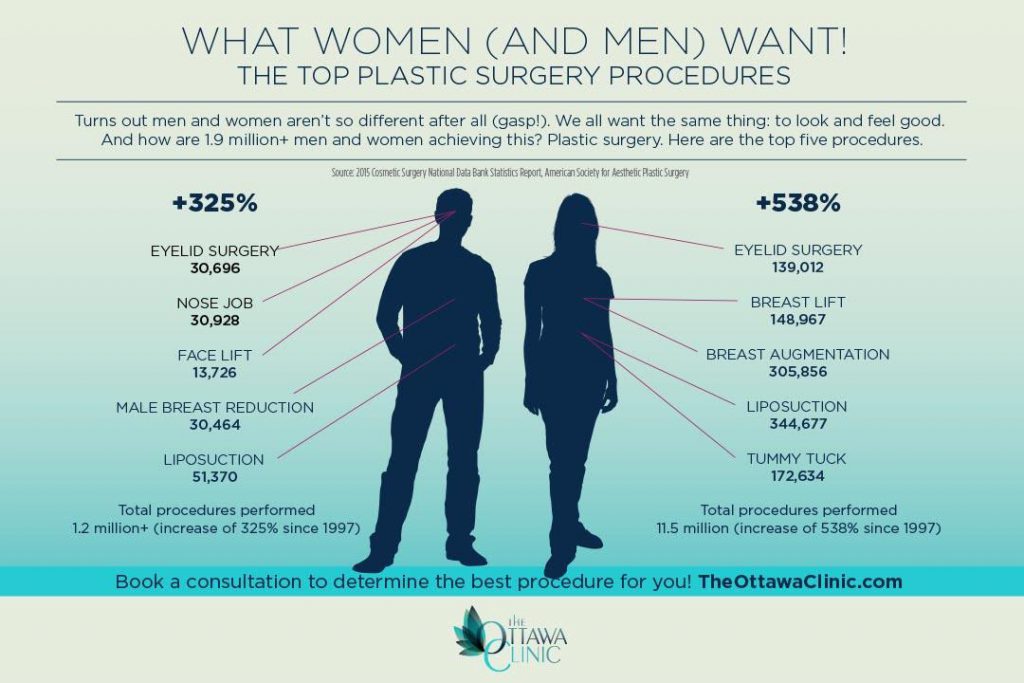Non Comedogenic Products For Acne
Non Comedogenic Products For Acne
Blog Article
Causes of Acne on Cheeks
Acne breakouts in the cheek area are activated by several points, from touching your face frequently to not changing your pillow case often enough. Picking at acnes enhances your threat of infection and scarring, and particular drugs can intensify dark areas (postinflammatory hyperpigmentation).
The good news is, there are numerous means to prevent and deal with cheek acne. These include:
1. Hormone Changes
Acne is mainly caused by hormonal agents, especially those generated during adolescence and pregnancy. For some, a family history of acne may additionally contribute to their condition. Anything that blocks pores, such as oil-based skin care items or ceraceous hair products, can activate acne. Numerous topical treatments, like benzoyl peroxide and salicylic acid, can deal with germs and unblock pores. Those with serious or persistent acne ought to look for treatment from their doctor.
Avoid touching or pressing your acne, as this can push some of the germs deeper right into the skin, resulting in an extra severe outbreak. It is also essential to transform pillowcases on a regular basis and use clean make-up brushes. You should likewise attempt to avoid irritants such as rubbing from putting on a safety helmet or limited collar.
2. Diet
The oily, sweet foods that many people believe trigger acne might actually refrain from doing so. Actually, studies have shown that consuming a diet regimen rich in whole, nutrient-dense foods aids to prevent breakouts.
Foods high in the glycemic index (such as white bread, corn flakes, puffed rice and potatoes, doughnuts and various other breads) raise blood sugar degrees swiftly, and this can raise hormones that increase oil manufacturing and lead to acne.
Drinking cow's milk has actually additionally been connected to enhanced acne breakouts. If you are a routine cow's milk enthusiast, you might wish to try changing to low-fat or nondairy choices that are fortified with calcium. Furthermore, consuming alcohol more water can help to minimize acne due to the fact that it helps to keep the skin hydrated.
3. Excess Oil
While oil is important for healthy and balanced skin, it can come to be a trouble when too much sebum mixes with dead skin cells and blocks pores. This combination can produce blackheads, whiteheads and acnes. The blocked pore wall can break down and spill germs, dead skin cells and sebum right into bordering skin. This leads to a red bump called an acne. Occasionally these red bumps have pus in the center from a bacterial infection. Larger infected bumps that look like acne are called cysts.
There are numerous things that can trigger excess sebum and stopped up pores, consisting of hormonal agent changes, diet plan and day-to-day routines. Some instances consist of touching the face often, relaxing your hand on your cheek, making use of unclean make-up brushes and not transforming pillow cases on a regular basis.
4. Stress and anxiety
If you're managing pain acnes or a variety of blackheads and whiteheads, it might be time to talk with a skin doctor. They can advise a reliable therapy that fits your skin type. Practicing relaxation and stress-reduction techniques also helps.
Acne can take place in the cheeks as a result of rubbing and stress, such as when a person touches their face often or puts on a hat or sporting activities helmet that massages versus the skin. It can additionally show up where oily cosmetics and creams scrub against the skin.
Avoid squeezing acne, as this can press contaminated material deeper into the skin and result in scarring. Instead, see a medical professional to learn more about preventative therapies like drug, skin treatment products and lifestyle changes. Consuming a healthy and balanced diet plan of whole foods, getting 7 to 9 hours of rest and utilizing noncomedogenic makeup and skin care items can all help reduce acne breakouts.
5. Hair Products
Hair items are not commonly taken a root cause of breakouts, but they can add to acne on the cheeks in some individuals. Pomade acne, which is defined by small shut comedones and papulopustules, is generally lactic acid brought on by using oily hair products which contain comedogenic active ingredients such as specific oils and acetylated lanolin.
Choosing hair items that do not include these potentially comedogenic active ingredients is a crucial step toward decreasing breakouts. Also, making certain that hair items aren't being available in contact with the skin can help protect against breakouts. For example, putting on a scarf or bonnet during the night can restrict hair-to-face contact and decrease the possibility that leave-in hair products will certainly abrade onto the face.
In addition to making use of a non-comedogenic moisturizer and washing with an acne face clean, other helpful approaches include: